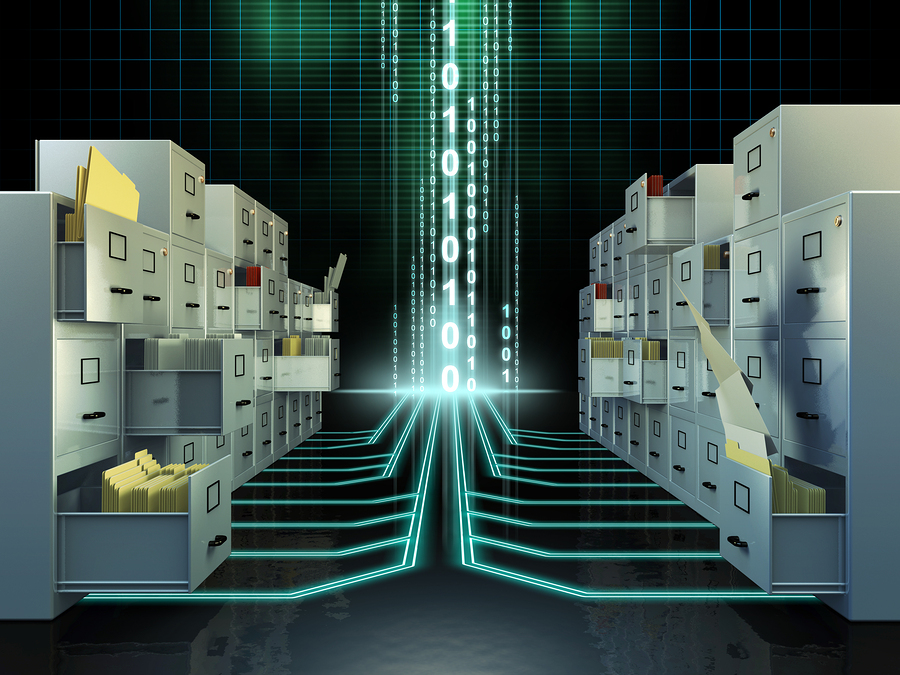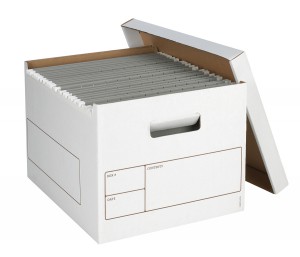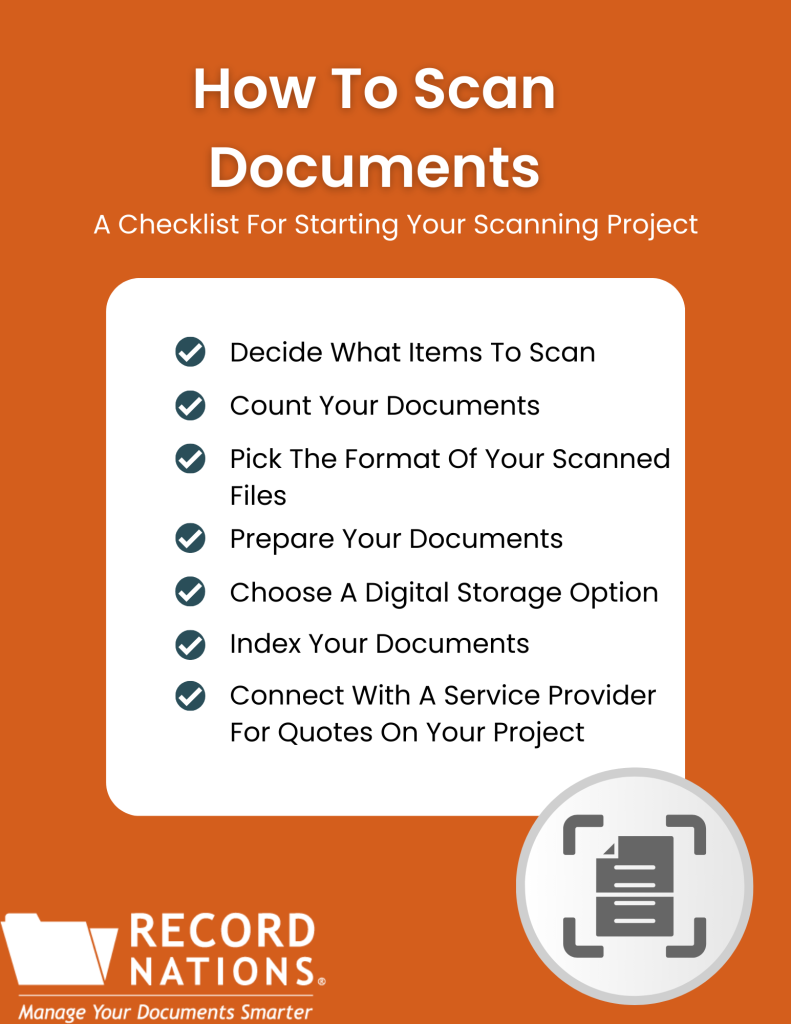 There are several good reasons to migrate to a paperless document system. Electronic records are easier to store and find, share remotely, reduce document storage costs, and are really easy to back up. However, the biggest issue is that most conversion projects start with a roomful of records to convert. That task can seem daunting if you don’t know how to scan documents. Here are some basic things you need to know to ensure you get an accurate quote for your office document scanning project.
There are several good reasons to migrate to a paperless document system. Electronic records are easier to store and find, share remotely, reduce document storage costs, and are really easy to back up. However, the biggest issue is that most conversion projects start with a roomful of records to convert. That task can seem daunting if you don’t know how to scan documents. Here are some basic things you need to know to ensure you get an accurate quote for your office document scanning project.
Tips for Scanning Documents With a Professional Scanning Service
1) Know What to Scan
Most businesses don’t scan every piece of paper that they have stored. Check your records against the company’s retention schedule and shred anything that you no longer need. Once that is complete, prioritize what you use the most and would provide the biggest benefit if you digitize it.
One way to solve this is to set a day-forward scanning date. All documents after that scan date are scanned, and everything older than that date is only scanned when it is accessed. This solution dramatically reduces what needs to be digitized while slowly converting older documents on an as-needed basis.
2) Know How Many Documents You Have to Scan
 The second step in any conversion project is to figure out how many pages you have to scan. i.e. scope of your document scanning project. A standard file box (10” x 12” x 15”) will hold around 2,500 pages of records or documents. A standard shelf holds around 200 pages per inch.
The second step in any conversion project is to figure out how many pages you have to scan. i.e. scope of your document scanning project. A standard file box (10” x 12” x 15”) will hold around 2,500 pages of records or documents. A standard shelf holds around 200 pages per inch.
Most projects can be estimated based on a multiple of these averages. This is more accurate than attempting to estimate a number of files and then trying to estimate the number of pages per file.
3) Decide What Format You Want Your Documents In
The most common format for electronic records is Portable Document Format (PDF). It is widely popular and easy to share and protect. In addition, some other options are Tagged Image File Format (TIFF) and Raw Image File (RAW).
The digital images can also be processed by Optical Character Recognition (OCR) software. This will turn the digital pictures into text documents. Once they are a text document, you can easily search for documents with keywords and edit them.
4) Prepare Your Documents
Production scanners are designed to auto-feed letter and legal sized documents. They are high speed and scan up to 10,000 pages an hour. Preparation includes removing all the staples and bindings. Odd-sized documents must be taped onto standard paper.
Pictures and color documents must be separate. The documents are then re-assembled after scanning.
4) Index Your Documents
Indexing is the system that organizes the documents. It is a digital field applied to the file after it is scanned. This may be “date of record”, “patient name”, “customer number”, or other field that would aid in retrieving documents. Additionally, indexing allows you to tag individual pages or files with unique identifiers that give you access to any file with a quick keyword search.
5) Choose a Digital Storage Option
Once the documents finish scanning, they need proper storage. It is common to keep them on disks, but that dramatically reduces their usefulness.
At a minimum, you should back them up to a remote location. Therefore, a better solution to storing them is a Document Management System.
This makes the documents easy to find and manages who has access to particular information. You can manage the system in-house or via a cloud-computing service.
The Average Cost of a Document Scanning Service
 On average, it will cost between 7-12 cents per page. However, it will depend on where you’re located, how many documents you have, the type of document you have, turnaround time, and more. For a couple thousand pages or less, it is generally cheaper to do the work in-house. If you are outsourcing the work, then there are steps you can take to reduce the costs. By doing the scanning preparation in-house, it will save money.
On average, it will cost between 7-12 cents per page. However, it will depend on where you’re located, how many documents you have, the type of document you have, turnaround time, and more. For a couple thousand pages or less, it is generally cheaper to do the work in-house. If you are outsourcing the work, then there are steps you can take to reduce the costs. By doing the scanning preparation in-house, it will save money.
Also be judicious in what you choose to scan. If it is unlikely you will need the document in the future, it will save money to leave it in a paper format. If you are looking for a professional scanning company to help you digitize your office, our experts are here to help!
Connect With Scanning Experts Who Know How To Scan Documents The Right Way Today!
From document scanning to document storage, our experts will help you select a customized document management solution that fits exactly what you’re looking for.
To get a free quote on your project today, fill out the form, use the live chat, or give us a call at (866) 385-3706. Within minutes of receiving your request, you’ll have multiple quotes from experts in your area!










